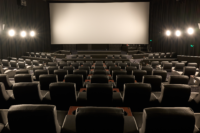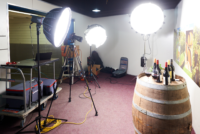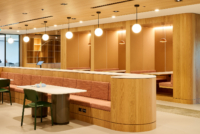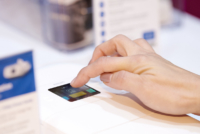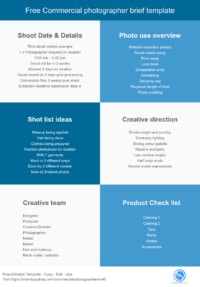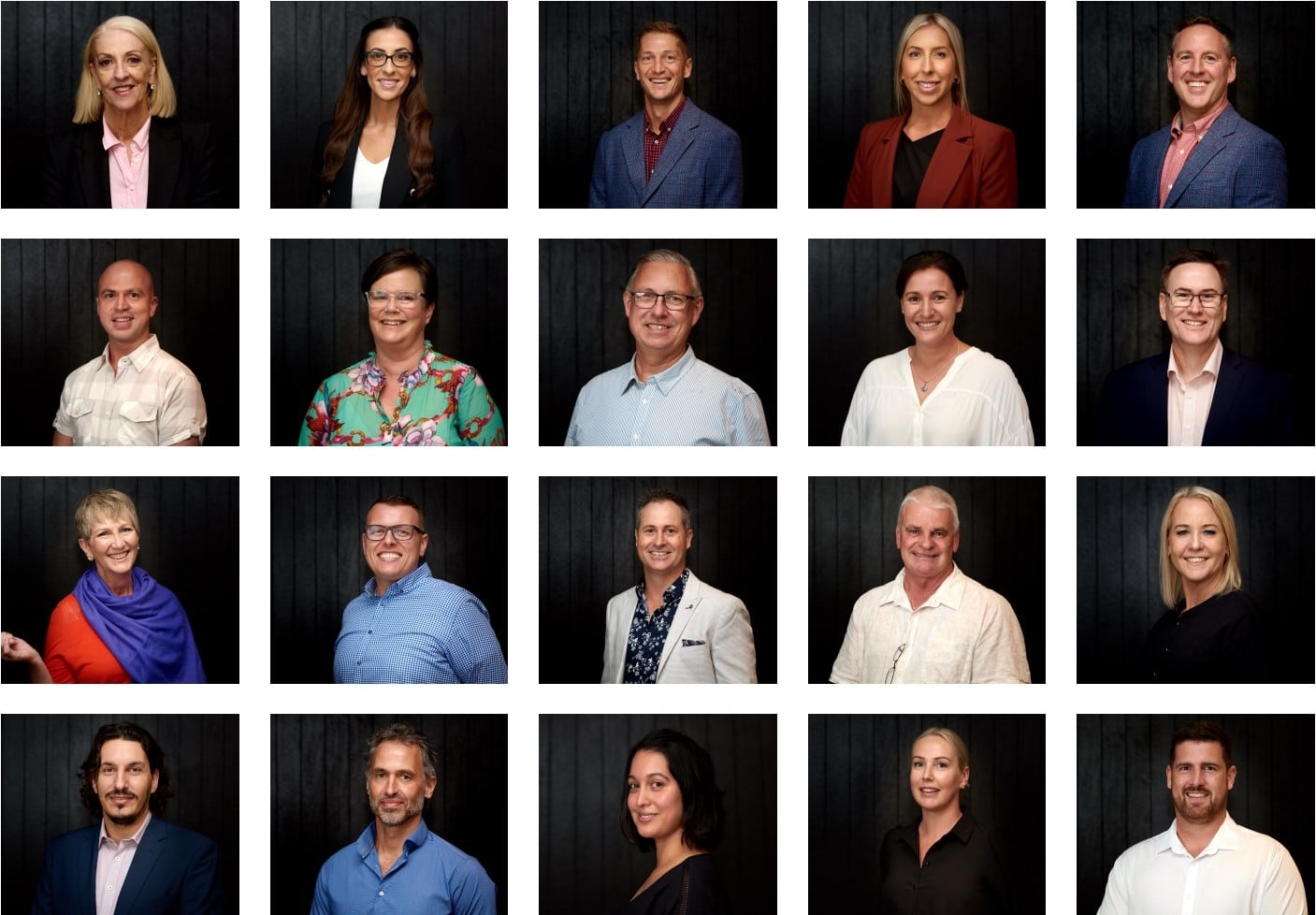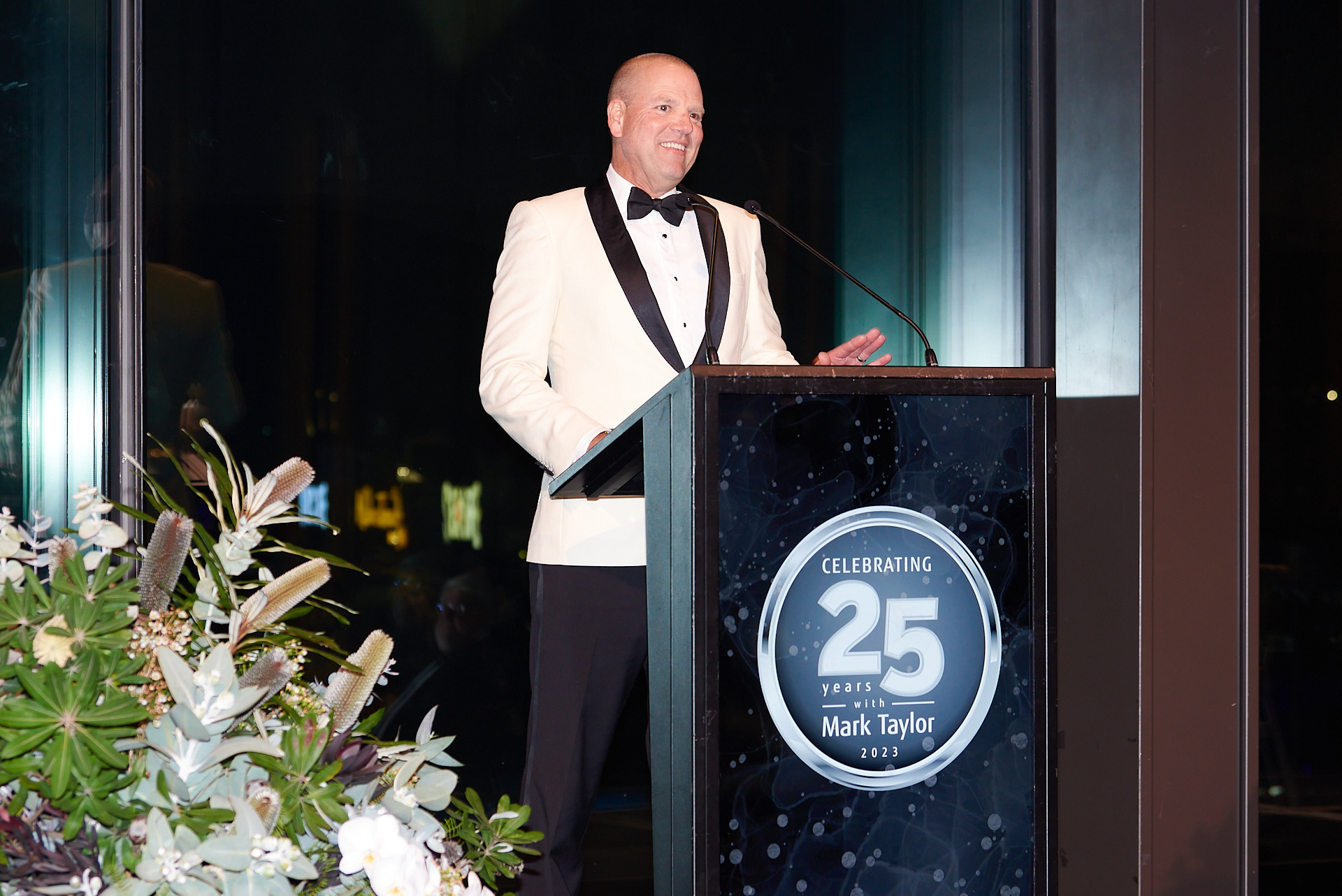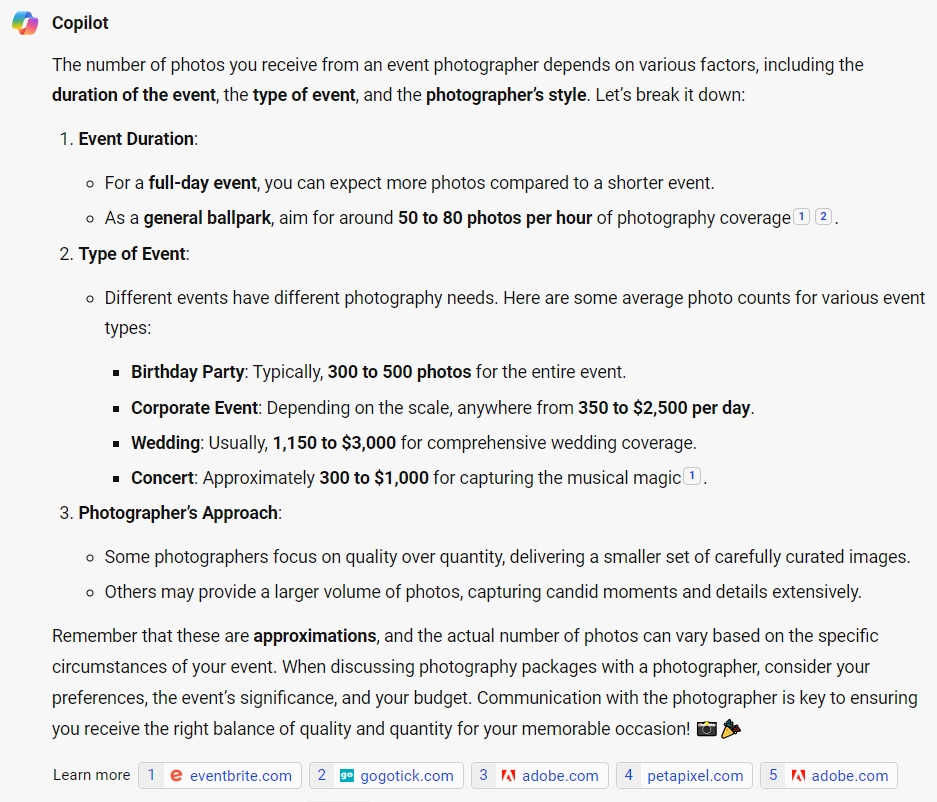Product Photography Pricing Factors
By Orlando Sydney Modified April 27, 2024 @ 1:21 pm Last Updated on 8 months by https://orlandosydney.com/
Introduction and Outcomes
Product photography plays a vital role in showcasing products and attracting customers. Whether you are a small business owner or an e-commerce entrepreneur, understanding product photography pricing is needed for budgeting and finding the right photography services.
This article aims to provide you with a comprehensive guide on product photography pricing and factors to consider. It will help you make informed decisions and successfully acquire the digital assets you need for your products.
Understanding the Importance of Product Photography
Product photography is the art of taking high-quality photos of products that accurately represent their size, shape, colour, and other features. It is an essential part of any e-commerce business, as it allows customers to see and evaluate products before they buy them.
There are many reasons why product photography is important.
First, it helps customers make informed decisions about whether or not to buy a product.
When customers can see a product clearly, they are more likely to be satisfied with their purchase.
Second, product photography can help to increase sales. Studies have shown that products with high-quality photos sell more than products with low-quality photos.
Third, product photography can help to build brand trust. When customers see that a business takes the time to take quality photos of its products, they are more likely to trust that the business is a reputable one.
There are a few things to keep in mind when creating product photography. It is important to use high-quality equipment. This includes a good camera, lenses, and lighting. Second, it is important to take the time to stage the product properly. This means choosing a background that complements the product and arranging the product in a way that is visually appealing.
Third, it is important to edit the photos to ensure that they are sharp, well-lit, and free of blemishes.
If you are serious about selling products online, then you should invest in quality product photography. It is one of the best ways to increase sales and build brand trust.
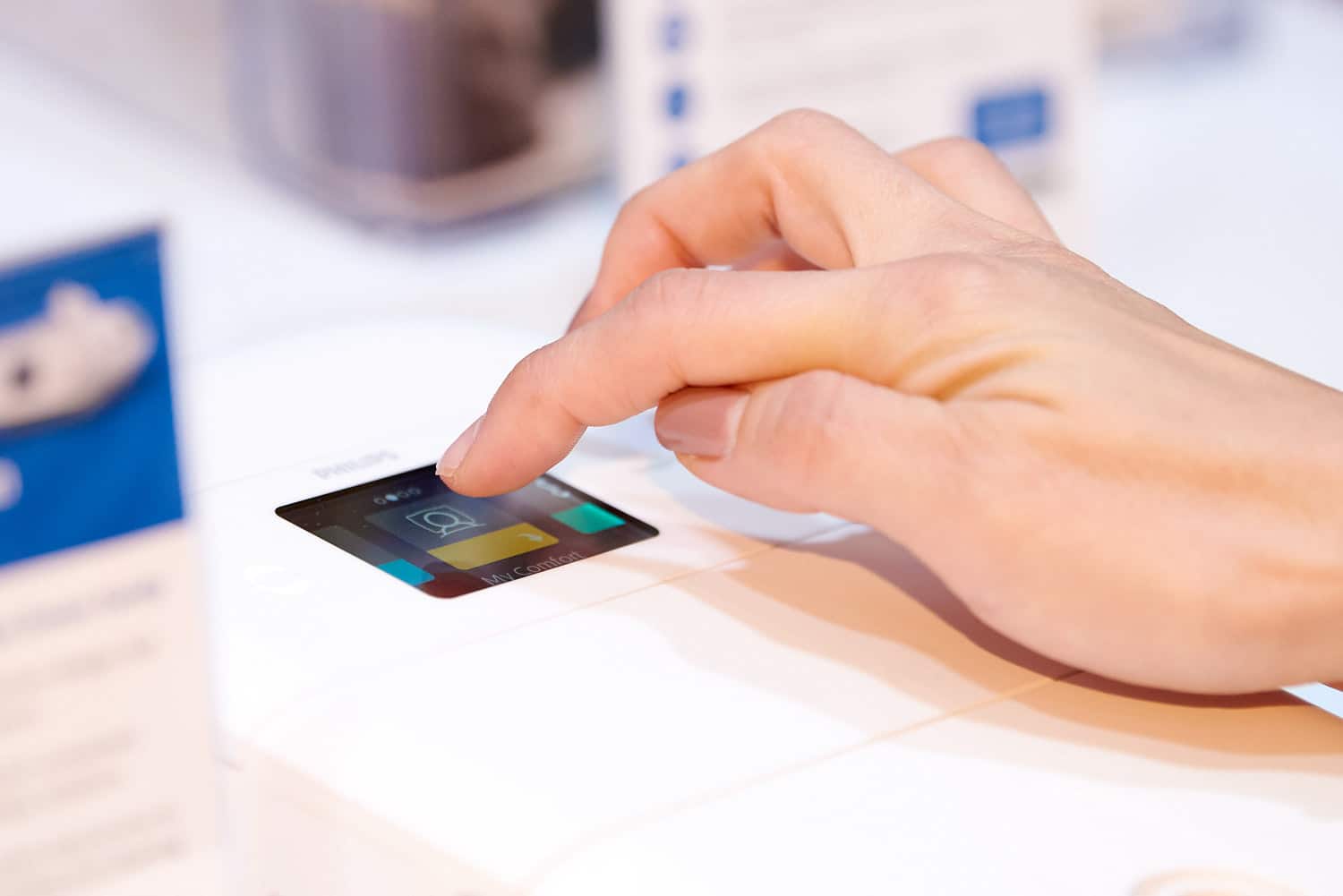
Photo of a Hand with Finger pushing the button on an Electronic Product
Pricing Structures and Packages
When it comes to product photography pricing in Australia, photographers offer various pricing structures and packages to accommodate different needs and budgets. Here is a sample pricing table to give you an idea of the typical range:
| Package | Description | Price Range (AUD) |
|---|---|---|
| Basic Package | Ideal for small businesses or start-ups with a limited product range. Includes a set number of product shots and basic editing. | $800 – $1200 |
| Standard Package | Suitable for businesses with a moderate product range. Includes a larger number of product shots, basic editing, and image optimization. | $1100 – $1600 |
| Premium Package | Designed for businesses with a wide product range or complex products. Includes a comprehensive photoshoot, advanced editing, and high-resolution images. | $1600 – $2200 |
| Lifestyle Photography | Lifestyle product photography showcasing your products in real-life settings. Perfect for businesses wanting to create a specific ambiance. | $2200 – $3600 per shoot |
| 360-Degree Photography | Interactive product photography offering a 360-degree view of your products. Engages customers and allows them to explore the product from all angles. | $800 – $1,500 per shoot |
| Custom Packages | Tailored packages to meet specific requirements, such as multiple locations, models, or unique product presentation. Prices may vary based on customization. | Varies |
The prices in the table are approximate ranges and can vary depending on the photographer’s experience, location, additional services, and the complexity of your products.
It’s essential to contact photographers directly to get accurate pricing for your specific needs.
Remember to discuss the package details, image delivery, and any additional costs for editing, retouching, or usage rights when finalising the agreement with your photographer.
Frequently Asked Questions (FAQs)
How much does professional product photography cost in Australia?
The cost of professional product photography in Australia can vary depending on factors such as the complexity of the products, the photographer’s experience, and the quantity of products. It is recommended to obtain quotes from multiple photographers to compare pricing.
Can I use stock images instead of hiring a photographer for product photography?
While stock images can be an option, using customized product images that showcase your unique offerings is generally recommended for better brand representation and differentiation.
Are editing and retouching services included in product photography packages?
Basic editing is often included in product photography packages, but extensive retouching may incur additional costs. It is essential to discuss editing requirements and associated fees with the photographer beforehand.
Can I do product photography myself?
Yes, you can opt for a DIY approach to product photography if you have a limited budget. However, keep in mind that professional photographers bring expertise, specialized equipment, and an artistic eye that can significantly enhance the quality of your product images.
How often should I update my product images?
It is recommended to regularly update your product images to keep up with changing trends and maintain a fresh and engaging online presence. Updating images whenever there are significant product changes or improvements can also be beneficial.
